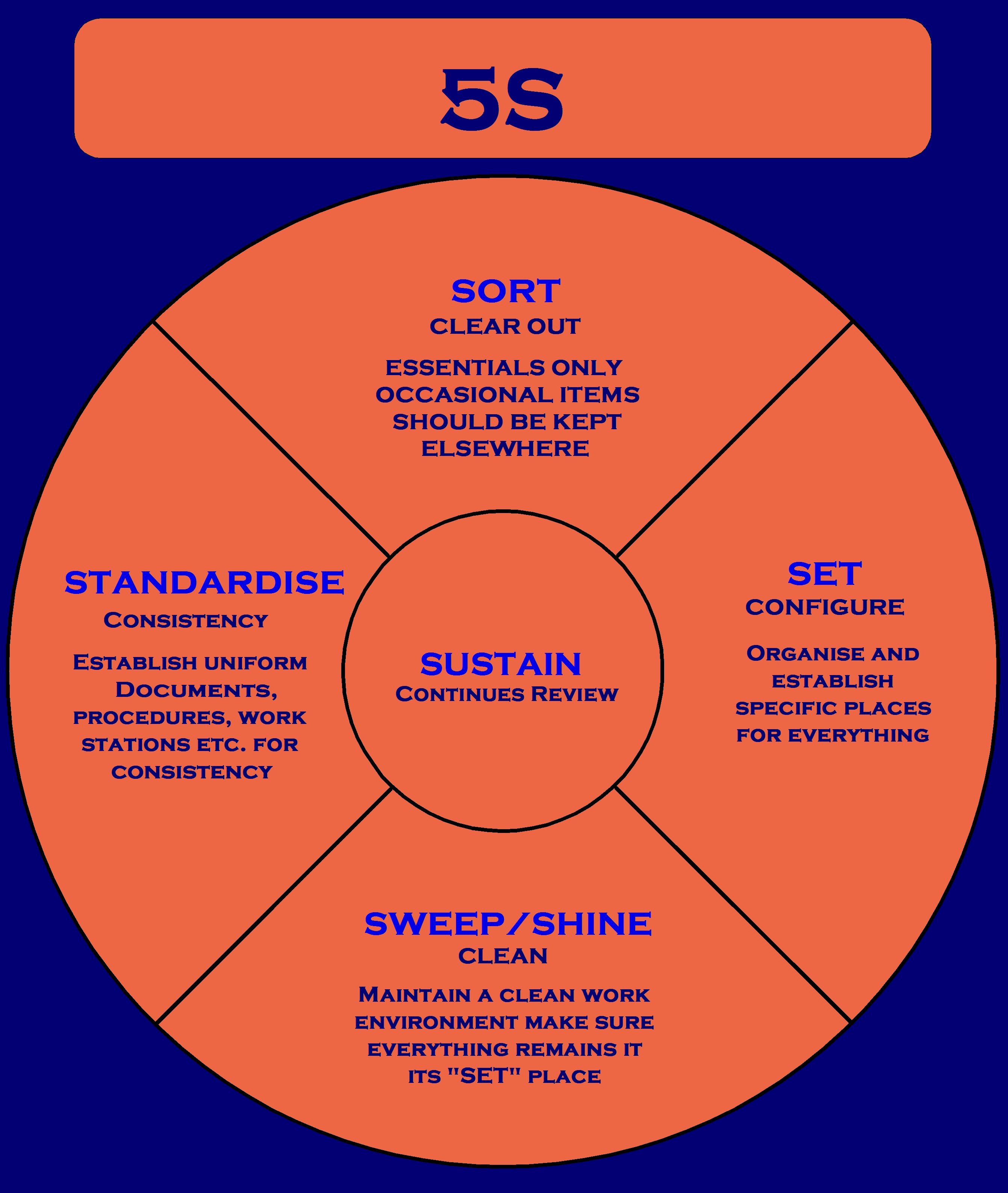The amount of waste produced by human beings in different scenarios daily is bizarre. For several years, waste management has been a topic of concern across the globe. Over the years, several methods of waste disposal have been explored in different parts of the world. Before getting into the various ways of waste management, we first need to understand the meaning of the term. Waste management is the process of treating solid wastes and finding alternative means of getting rid of the trash that can be disposed of through recycling or converted. One of the most common methods of waste management is turning waste into energy. This is where the waste is converted into energy. Know more about waste to energy from MoreGreen.
Methods of waste management
1. Landfills
Landfills are areas where wastes or garbage are disposed of. This is the most common means of waste management used in different parts of the globe. This method involves disposing of the trash by burying it inland. This process is efficient in the elimination of odors and toxic wastes. However, the technique is reducing in popularity. The reason is; lack of land space where this garbage can be disposed of. Additionally, the methane and other gases that are produced in the landfills have been faulted for causing environmental damaged. The issue of air and water pollution is the main reason why landfills are slowly being eradicated.
2. Recycling

This is the process of recovering useful items that have been discarded. Once recovered, the discarded items are processed and, in most cases, converted into usable energy. In other words, recycling is the process through which waste materials are converted into new and useful products. Recycling aims to reduce the number of wastes that end up in landfills, hence minimizing the rate of air and water pollution.
3. Composting
This is an organic process through which natural wastes are broken down into compost. The compost is rich in nutrients hence can be used as fertilizer in gardens and farms. Microbes are used to decompose the organic materials. The wastes are placed in a compost pile or bin where they remain for months as the process takes a long time to complete.
4. Combustion
This process is also known as incineration. It is a process of waste disposal where the waste is burned down in different methods. Burning can be as simple as burning garbage in a pile or a barrel or as complex as running an incineration plant. Incineration plants are more environmentally friendly and efficient as they result in ash, gas fuel, and carbon as end products. The downside to incineration is that the ash residue at the end still has to be disposed of in landfills or water.
Bottom Line
The reason as to why waste to energy methods of waste disposal are prevalent is because they offer a myriad of benefits. Some of these benefits include; they are environmentally friendly, help in waste disposal and management, production of fuel, and other products like fertilizers. Incineration, depolymerization, gasification, pyrolysis, and anaerobic digestion are all methods of waste to energy waste management.















